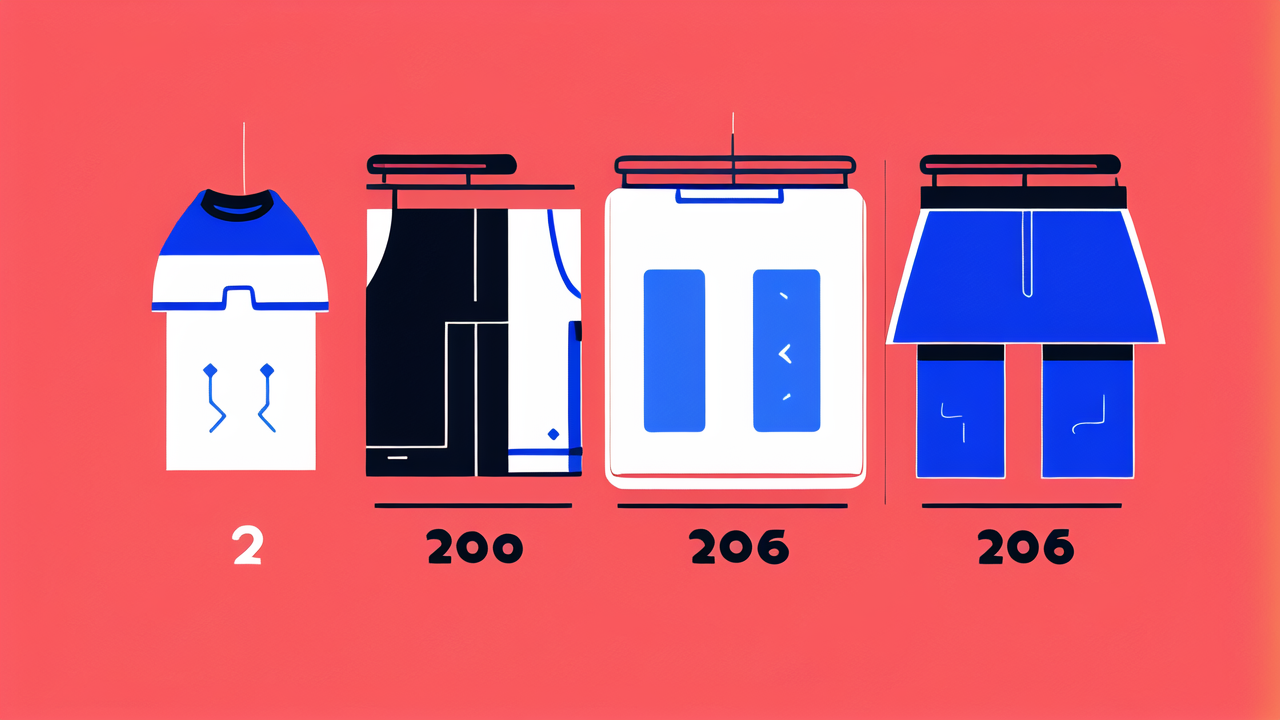The Evolution of Wearable Technology in the Fashion Industry
The inception of smart clothing
Smart clothing has come a long way since its early days. It all began with simple LED-embedded garments in the 1990s. These were more novelty than function. As technology advanced, so did the possibilities for smart clothing. Early pioneers experimented with conductive fabrics and miniature sensors. They dreamed of clothes that could do more than just cover our bodies. The goal was to create garments that could interact with our environment and enhance our lives.

Milestones in fashion technology history
The journey of fashion tech has been marked by several key milestones. In 2000, the first commercially available smart jacket hit the market. It had built-in controls for mobile devices. 2006 saw the introduction of washable electronics in clothing. This was a game-changer for practical smart wear. By 2010, health monitoring clothes were becoming a reality. They could track heart rate and other vital signs. 2015 marked the launch of Google's Project Jacquard, bringing touch controls to fabrics. Each milestone pushed the boundaries of what was possible in wearable tech.
Current trends in wearable tech
Today, wearable tech is more sophisticated and stylish than ever. Smart fabrics that can change color or pattern are gaining popularity. These offer endless customization options. Fitness-focused clothing with built-in sensors is becoming mainstream. They track everything from steps to posture. Solar-powered garments are emerging, offering sustainable energy on the go. AR and VR integration in clothing is also on the rise. This blend of digital and physical worlds opens new possibilities for fashion and function.
How Smart Bands are Changing the Wearables Market
Integrating fashion with health and fitness
Smart bands have revolutionized how we approach health and fitness. They've made it easy to track our daily activity and vital signs. But they've also become fashion statements. Designers are creating bands that look like stylish accessories. They come in various colors and materials to suit different tastes. Some even have interchangeable straps for different occasions. This fusion of fashion and function has made smart bands more appealing to a wider audience. They're no longer just for tech enthusiasts or fitness buffs.

Impact on consumer behavior
Smart bands have significantly changed how people approach their health and fitness. Users are more aware of their daily activity levels and sleep patterns. This awareness often leads to positive lifestyle changes. Many people set personal goals based on their smart band data. They're motivated to move more, sleep better, and make healthier choices. Smart bands have also created a culture of sharing and competition. Users can compare stats with friends or join challenges. This social aspect has made fitness more engaging and fun for many.
The role of smart bands in personalized experiences
Smart bands are at the forefront of delivering personalized experiences. They learn from user data to provide tailored insights and recommendations. For example, they can suggest workout routines based on fitness levels and goals. They can remind users to move if they've been sedentary for too long. Some smart bands even offer stress management techniques based on heart rate variability. As AI improves, these personalized experiences will become even more sophisticated and helpful.
The Future of Smart Apparel in the United States
Innovations on the horizon
The future of smart apparel in the US looks bright and full of innovation. We can expect to see clothes that adapt to our body temperature and environment. Imagine a jacket that heats up when it's cold and cools down when it's hot. Self-cleaning fabrics are another exciting possibility. They could use nanotechnology to break down dirt and stains. Clothes that can charge our devices as we wear them are also in development. We might even see garments that can change shape or size to fit perfectly every time.

Regulatory considerations for wearable devices
As smart apparel becomes more advanced, regulations will need to keep pace. Privacy is a major concern. Wearables collect a lot of personal data. There need to be clear rules about how this data is stored and used. Safety standards for electronic components in clothing will be crucial. These need to address issues like electromagnetic radiation and battery safety. There may also be regulations around the disposal of smart clothing. Ensuring these high-tech garments don't harm the environment will be important.
The potential market growth in the US wearables sector
The US wearables market is poised for significant growth. Analysts predict it could reach $95 billion by 2028. This growth will be driven by several factors. Advances in technology will make smart apparel more functional and affordable. Increasing health consciousness will boost demand for fitness-tracking clothes. The aging population may turn to smart clothing for health monitoring. As 5G networks expand, wearables will become even more connected and capable. All these factors point to a bright future for smart apparel in the US market.




Leave a comment
This site is protected by hCaptcha and the hCaptcha Privacy Policy and Terms of Service apply.